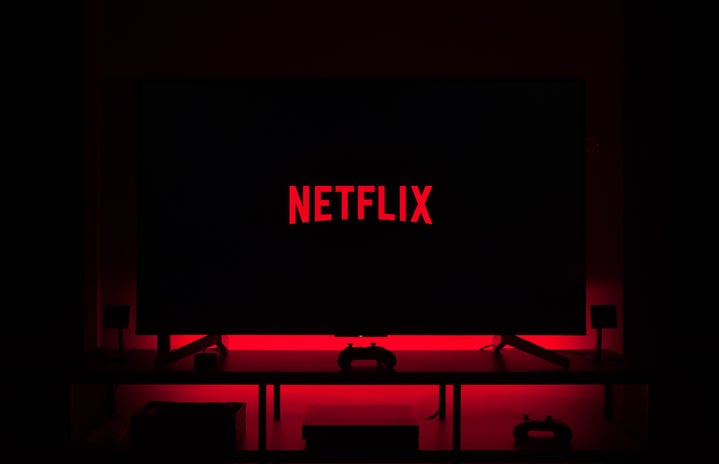*SPOILERS AHEAD*
‘It’s not just the big nurse by herself but it’s the whole combine… the nationwide combine… the nurse is just a high ranking official for them.’ – Ken Kesey, One Flew Over the Cuckoo’s Nest
The backstory of a villain is normally reserved for those that are too evil to comprehend. The types of villains afforded an origin story are caricatures or symbols of wickedness, with examples ranging from the Joker to Hannibal Lector to Maleficent. The audience is set a challenge as to whether they can relate to or feel sympathy for a villain, indulging the dark side while questioning what evil really is and where it stems from. We want to understand how they got to this point in their lives, and an adaptation works to give perspective to their violent acts.
The narrative of the Netflix series Ratched traces a young Nurse Ratched as she manipulates her way into a position at the Lucia State Psychiatric Hospital in order to save her brother, a serial killer, from the death penalty. She uses her assertiveness and composure along with bribery and blackmail to gain control of every situation she finds herself in. Little time is spent watching her interact with patients, with the focus instead on depicting the infamous Nurse as a closeted lesbian. Later on, we get the subplot of her childhood abuse in the foster care system, which is clumsily explained in a random ‘Being John Malkovich’ style puppet show.
I think it was a mistake to brand Ratched as an adaptation. Nurse Ratched is not a personality like the Joker or Hannibal Lector but rather part of a larger social critique. She is a symbol for the exploitative systems of power that exist particularly in the treatment of mental health. The reason the character of Nurse Ratched was so terrifying is because she lacked a backstory. She was not a standalone inflictor of cruelty… she was part of system. We can all think of individuals, from bosses to teachers to doctors, that use their positions of authority for tyranny. The true horror is in the realisation that such people are integral to the running of society. The events of One Flew Over the Cuckoo’s Nest fail to make sense if the nurse has had years of violence in her past. MacMurphy is presented as the first person who had successfully challenged and shaken Nurse Ratched’s authority and sense of control. Nurse Ratched already challenges the assumptions of what evil really is and what it looks like. She doesn’t ever break the rules or say anything particularly out of line. She doesn’t look particularly scary. The dreadful reality is that she looks like any other nurse and lives in a society that allows her to treat patients in the way that she does.
- Ratched is the origin story of the villainous nurse from Kesey’s One Flew Over the Cuckoo’s Nest
-
To adapt her story should be to add to the critique that One Flew Over the Cuckoo’s Nest poses. Instead, director Ryan Murphy gives the nurse levels of humanity and kindness that she was not previously afforded. She is presented as a closeted lesbian and an abused foster child, both tired stereotypes of the places where violence stems from. This makes room for empathy but takes away from the original critique.
It is important to recognise the narrator who introduces us to Nurse Ratched in the original novel. Chief Bromden, an indigenous patient at the hospital, is traumatised by the ways in which America has treated him and his people. He often describes Nurse Ratched as part of a larger ‘machine’, controlling the world around him. In making Nurse Ratched more violent, as in the TV adaptation, this critique is subsequently shattered. In making her more evil, the rest of society is made to feel less complicit.
In One Flew Over the Cuckoo’s Nest, the Nurse’s evil nature was undeniable but her cruelty was quieter, and while committing atrocious acts of violence it felt as though she had done nothing at all. Ratched is definitely not as subtle in its characterisation. With Ryan Murphy’s colourful aesthetics, gratuitous gore and all-star-cast, it fails as an adaptation while working as a standalone piece of entertainment. As a viewer I am left confused. There are still no ties between the Nurse Ratched of the show and the one of the book and film. As Season 2 is already renewed, I hope that we get a bit more of a connection to Kesey’s subtle and skillful characterisation of the nurse. However, that feels unlikely, as Nurse Ratched becomes less of the chilling symbol of state violence she once was and more of an underdeveloped misunderstood antihero.



